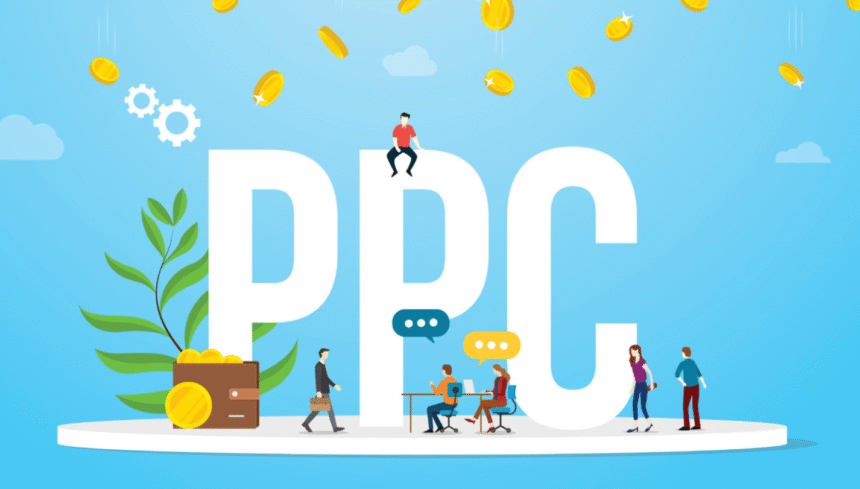Advertising Software as a Service (SaaS) products can be daunting from the digital marketing landscape perspective. An important aspect to consider in creating a marketing strategy is writing an effective Pay-Per-Click (PPC) ad copy. Good PPC ad copy will help you put your ads in front of the right audience and turn those clicks into valuable customer interactions.
In this post, we will cover some of the technical aspects of building effective SaaS PPC ads.
Understand Your Audience
The foundation behind every successful marketing campaign lies in the audience you market to. SaaS companies must identify potential customers based on their needs, preferences, and behaviors. Understanding the audience enables marketers to adopt messaging that resonates better. Market research and demographic data on buyer personas can help tailor the messaging even further.
Crafting Compelling Headlines
Headlines are the products that are encountered first. To create an impactful title, the best way to draw interest is by using powerful language. Using actionable text encourages clicks and highlights the specific features of the SaaS product as applicable. It should be short and informative, delivering much necessary content in a small frame. Trying out various headline options can be the best way to test which one the audience connects with more.
How to Optimally Leverage Keywords
Including the relevant keywords in the ad copy helps improve the visibility of the search results. But keyword stuffing can penalize you, creating a bad experience for the end-user! Instead, use keywords where you see fit in the copy. It can be helpful to utilize long-tail keywords as these queries target a specific search intent, attracting a more qualified audience.
Showcasing USPs
Since there is much competition for SaaS products, picking the best SaaS PPC advertising firm is necessary to help you showcase a unique value proposition (UVP). Value Propositions differentiate a product from competitors, highlighting benefits that solve customer pain points. It can catch the eye and create interest by creating the ad copy with its USP. Providing measurable rewards regarding time saved or efficiency gained makes a more compelling case.
Including a Clear CTA (Call to Action)
The CTA is the catalyst for conversions. It must be clear, concise, and actionable and move potential customers toward the next step you want them to take. The call to action (CTA) should align with the campaign’s goal—a free trial, a demo sign-up, or a sales purchase. Play around with CTA wording to find what works best.
Customizing to Suit Platform Specifications
There are varying ad specs and ad requirements based on the platform. Differentiating between the two is essential to optimize performance. For example, the character limits might differ between platforms, and messaging will need to be shortened. Adjusting for every platform retains clarity and power. It also helps avoid any problems with your ad and makes it work better if you know what the platform updates are and their guidelines.
Evaluating Performance Through Testing
As always, testing is essential to polishing PPC campaigns. A B testing enables marketers to contrast different components of an advertisement, such as heads, CTAs, and watchwords. Studying the data from these tests reveals what audiences respond to. This ongoing monitoring and tweaking based on performance data makes for more effective campaigns in the long run. Metrics such as click-through rate (CTR) and conversion rate provide valuable information about your ads and how to improve them.
Focusing on Mobile Optimization
As mobile searches grow, it is important to use ad copy optimized for the mobile experience. Ads that work well with mobile are usually shorter and will include several lines. Also, remember that there are specific behaviors that users should learn on mobile, like touch, small screen space, etc. Mobile optimization means campaigns reach a wider audience while delivering a better user experience.
Leveraging Emotional Appeal
Emotional appeal is an aspect of advertising. Engaging with emotion is ultimately a way to connect more deeply with the audience and ensure the message sticks. Appealing to the solution and the lifestyle it will enhance can paint the prospect an emotional picture. But desire must balance reality, or inflated assertions will breed distrust.
Conclusion
The Technical Stuff and the Art The technical stuff combines understanding the audience, strategic keyword targeting, and making effective messaging as the copy illuminates. Incorporating these aspects will enable marketers to shoot those ads that connect with potential customers, leading to increased engagement and conversion. In conclusion, with advancements in the digital world, methods need to be changed according to the dynamic requirements, which will help dominate SaaS PPC advertising.















